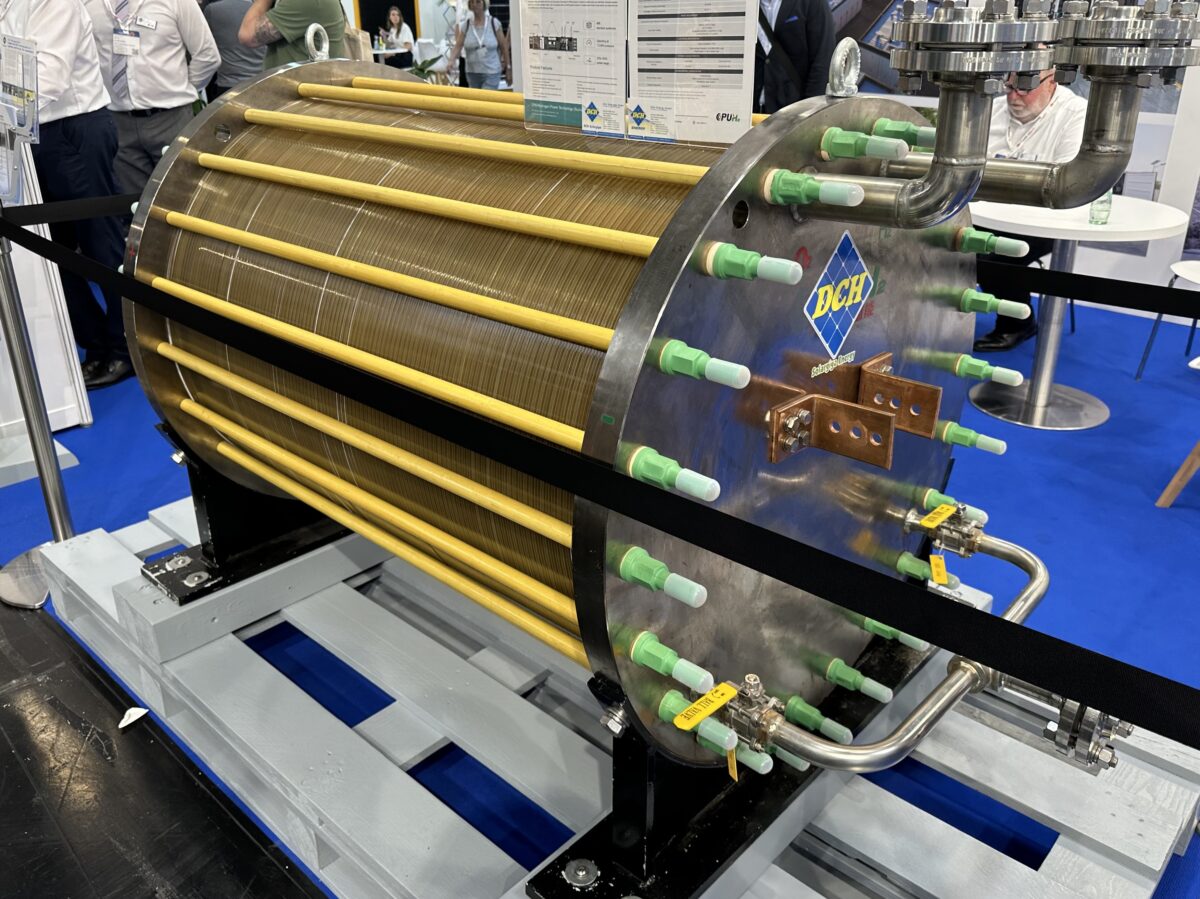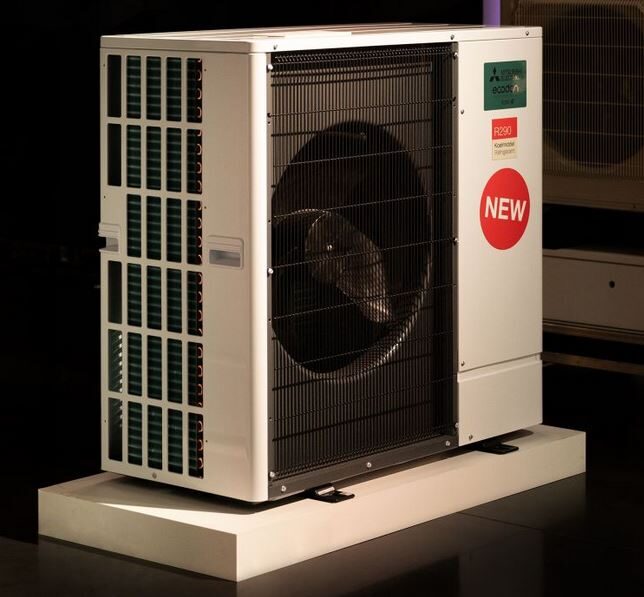BloombergNEF said that green hydrogen will fall from its current price range of $3.74/kg to $11.70/kg to between $1.60/kg and $5.09/kg by 2050, citing higher-than-expected future costs for electrolyzers. “BNEF had in the past forecast steep declines in the price of green hydrogen, but … more than tripled its 2050 cost estimate, citing higher future costs for the electrolyzers,” it said in an emailed note. Green hydrogen will remain far more expensive than earlier projections for decades, it added, predicting that only China and India are likely to see green hydrogen become cost-competitive with gray hydrogen by 2040. “There, the cleaner fuel will reach a comparable price to gray hydrogen by 2040.”
HydrogenPro said that it has secured approximately NOK 70 million ($6.14 million) in new equity through a private placement of shares with existing shareholders Andritz and Mitsubishi Heavy Industries. The Norwegian company has also signed an investment agreement for a conditional NOK 70 million equity investment from Longi Hydrogen, alongside a cooperation agreement with the same partner. The subscription price for the private placement and Longi investment is NOK 5.50 per share, up from NOK 4.50 per share on Dec. 20, 2024, said HydrogenPro.
Green Hydrogen Systems said that it has completed a reduction in its nominal share capital as part of its preparations to raise new capital and strengthen its capital base. It also secured a short-term subordinated fixed loan facility of DKK 80 million ($11.15 million) from its two largest existing lenders, set to expire on June 30, 2025, to support operations through at least March 2025. It said that it has been in close talks with its largest shareholders over the past three months. “These discussions continue to progress in a constructive manner but require additional time to conclude,” added the Danish company.
This content is protected by copyright and may not be reused. If you want to cooperate with us and would like to reuse some of our content, please contact: editors@pv-magazine.com.



The high cost of electrolytic hydrogen needed to power fuel cells (cleaner than 99.99%) will remain high for as long as the fuel cells are powered by the artificially high cost of grid electricity, which here in the UK is at least 2.5 times the cost of gas (in kWh).
Fossil-free hydrogen needs to be produced directly from wind, solar, tidal, hydro and yes nuclear power, to bypass the grid, using alkaline electrolysers like the one in the picture, rather than PEM electrolysers that are more compact but more expensive.
I live near Birmingham, UK where there is an urgent need for low cost fuel cell grade hydrogen to power the thousands of heavy vehicles operating in the city and replace diesel power. As the city is a long way from the sea and wind turbines are difficult to install in highly populated areas, we need fossil-free electricity from either solar panels mounted of the rooftops of public buildings, or from low pressure molten salt cooled small modular reactors to power local power stations.